
Review on 🎮 Razer Tomahawk ATX Mid-Tower Gaming Chassis: Enhanced Cooling, Stunning Design, RGB Lighting, Cable Management - Classic Black by Kevin Schnitzer

A good case I will not recommend to anyone
Update: Today I received a custom CableMod cable. Even with flexible custom cables, the back panel is still difficult to close, mainly because the front I/O cables are thick, bulky, and unnecessarily long, taking up an already very limited space for cable management. The build experience is frankly abysmal and I recommend anyone not willing to make an extraordinary effort to look elsewhere. In this review, I hope to carefully document my experience with this case and help potential buyers. get ready for his quirks. Build Quality and Appearance: The case is very well built, all removable panels have a very nice latch. The magnetic glass panes can be folded back very far without disturbing the assembly. The look is sleek and simplistic save for the ugly Razer logo. Accessories: The case comes without a fan and the only filter is for the front fan opening and is attached with a clip. Pretty disappointing for such an expensive case. The case comes with lots of screws, but you won't need most of them, too bad they aren't sorted. Razer included some very high quality Velcro straps, but some of the case's cable management was intended for use with disposable plastic buckles, which are not included. Compared to the Corsair, NZXT, and Thermaltake cases I've built, this case also has less documentation, which isn't a problem for experienced builders, but might be a problem for beginners. Space: There is plenty of space in the case for the mainboard and graphics card. as advertised. I have a problem with the power supply and wiring. Razer advertises SFX/SFX-L compatibility. I have a fully modular SFX-L PSU (Silverstone SST-SX800-STI) with factory cables, it fits, but I had to bend a bit to keep the ATX24 from popping out of the backplate. The space for cable management is rather limited, which makes using the SFX-L power supplies questionable without dedicated cables. The top fan cover can be removed, which makes installing the AIO cooler quite easy. But the PSU doesn't allow the radiator tubes to be oriented forward, making the length of the tube a bit unwieldy. (Corsair H100i Elite Capellix). The IMO case is not very friendly with fan control due to the limited rear space and cabling requirements (see below). I/O: two USB3 type A and one type C, audio jacks, PWR and RST switches, fairly standard. The problem is that the front I/O cables are ATX length, presumably the same module used in their Tomahawk ATX case. This, combined with the small amount of space available for cable management, makes building the case more difficult than it could be. Note that the cable routing is visible through the glass pane. The case has its own RGB controller that requires an internal USB 2.0 port. The controller does not have an expansion port. If necessary, you can leave the controller disconnected from the network, the case will not lose functionality. As I mentioned above, space for cable management is at a premium. How tight? Barely managed to install the 4 pin EPS connector on the side. Overall a good case but demanding and frustrating build quality. My only previous SFF build experience was with the TT Armor A30i and the NZXT H1, and for me the Tomahawk ITX is far more difficult than both. I would recommend H1 (once they fix the fire hazard) to most people looking for an SFF build. I will update it when I get the wires for the cable.
- Fits many
- Some difficulties
New products
Comments (0)
Top products in 🎒 Computer Cases
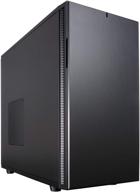
Fractal Design Define R5 - ATX Mid Tower Computer Case - High Airflow and Silent Optimized - Includes 2x Dynamix GP-14 140mm Silent Fans - Water-Cooling Ready - Black

43 Review
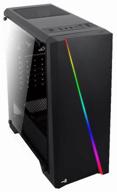
Computer case AeroCool Cylon black

39 Review
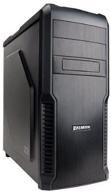
Zalman Z3 M ATX 💻 Tower Computer: A Compact and Powerful Machine

77 Review
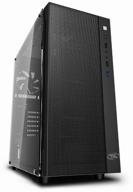
Computer case Deepcool Matrexx 55 MESH black

64 Review
Another interesting products

BEHRINGER UM2 Audio Interface with XLR/TRS, 1/4", USB, and RCA – Black, 1-Channel

62 Review
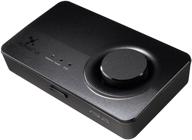
Enhance Your Audio Experience with ASUS Xonar U5 Sound Card

13 Review
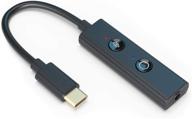
Enhanced Sound Blaster Play! 4 Hi-res USB-C DAC and Sound Adapter with VoiceDetect Auto Mic Mute/Unmute, Dual Noise Cancellation, Bass Boost, Dynamic EQs | Ideal for Windows PC Video Calls

13 Review
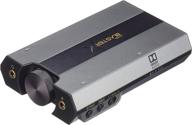
🎶 External USB Sound Card - CREATIVE Sound BlasterX G6

85 Review

